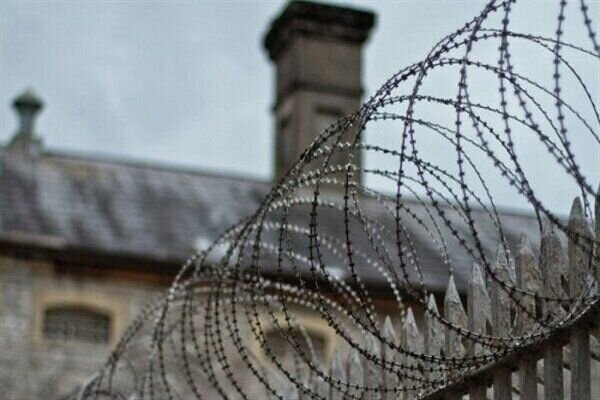400-year-old caravanserai now open to sightseers after decades of being prison

TEHRAN – The 400-year-old caravanserai of Semnan, which served as a prison for some four decades, has opened its doors to people.
A host of judicial, tourism, and local officials as well as cultural heritage advocates attended the inauguration ceremony held at the ancient caravanserai on Thursday.
Back in January, the Shah Abbasi caravanserai was handed over to the Ministry of Cultural Heritage, Tourism, and Handicrafts.
After years of waiting, and upon the order of Iranian President Ebrahim Raisi, the ancient property was finally delivered to the tourism ministry, according to Semnan’s Governor-General Seyyed Mohammadreza Hashemi. The caravanserai was at the disposal of the Prisons Organization for many years, the official said.
The caravanserai, which is one of the 999 caravanserais constructed across the county upon the order of Shah Abbas the Great, the 5th Safavid king of Iran, has recently undergone restoration in a bid to become a thriving tourist destination. Its worn-out bricks, decorations, and traditional insulation of the rooftops were treated during the project.
The caravanserai has four iwans (porches) and two entrances in this caravanserai that sprawls across 8,500 square meters.
Visitors may easily evoke spirits of the past while staying in cozy chambers that are meticulously laid out around a vast courtyard.
Caravanserai or caravansary is a compound word combining “caravan” with “sara”; the former stands for a group of travelers and the latter means the building. They often had massive portals supported by elevated load-bearing walls. Guest rooms were constructed around the courtyard and stables behind them, with doors in the corners of the yard.
Passing major roads in the country, one may see crumbling caravanserais, many of which were abandoned for ages. In the Information Age, such guest houses have largely lost their actual usage.
They often had massive portals supported by elevated load-bearing walls. Guest rooms were constructed around the courtyard and stables behind them, with doors in the corners of the yard.
Staying at or even just visiting a centuries-old caravanserai can be a memorable experience for many visitors to Iran because it allows them to experience the past and travel back in time. Narratives say it is not hard to fancy the hustle and bustle of merchants bargaining on prices, recounting their arduous journeys to one another while their camels chew hay!
The earliest caravanserais in Iran were built during the Achaemenid era (550 - 330 BC). Centuries later, when Shah Abbas I assumed power from 1588 to 1629, he ordered the construction of a network of caravanserais across the country. Such roadside inns were once constructed along ancient caravan routes in the Muslim world to shelter people, their goods and animals. The former Silk Road may be the most famous example dotted by caravanserais.
The Islamic Republic has submitted an inclusive dossier on its caravanserais to the United Nations Educational, Scientific, and Cultural Organization. The dossier comprises obligatory data about a selection of 56 caravanserais, which are scattered across the ancient land. And the shortlist includes qualified caravanserais located in at least 24 provinces.
AFM
